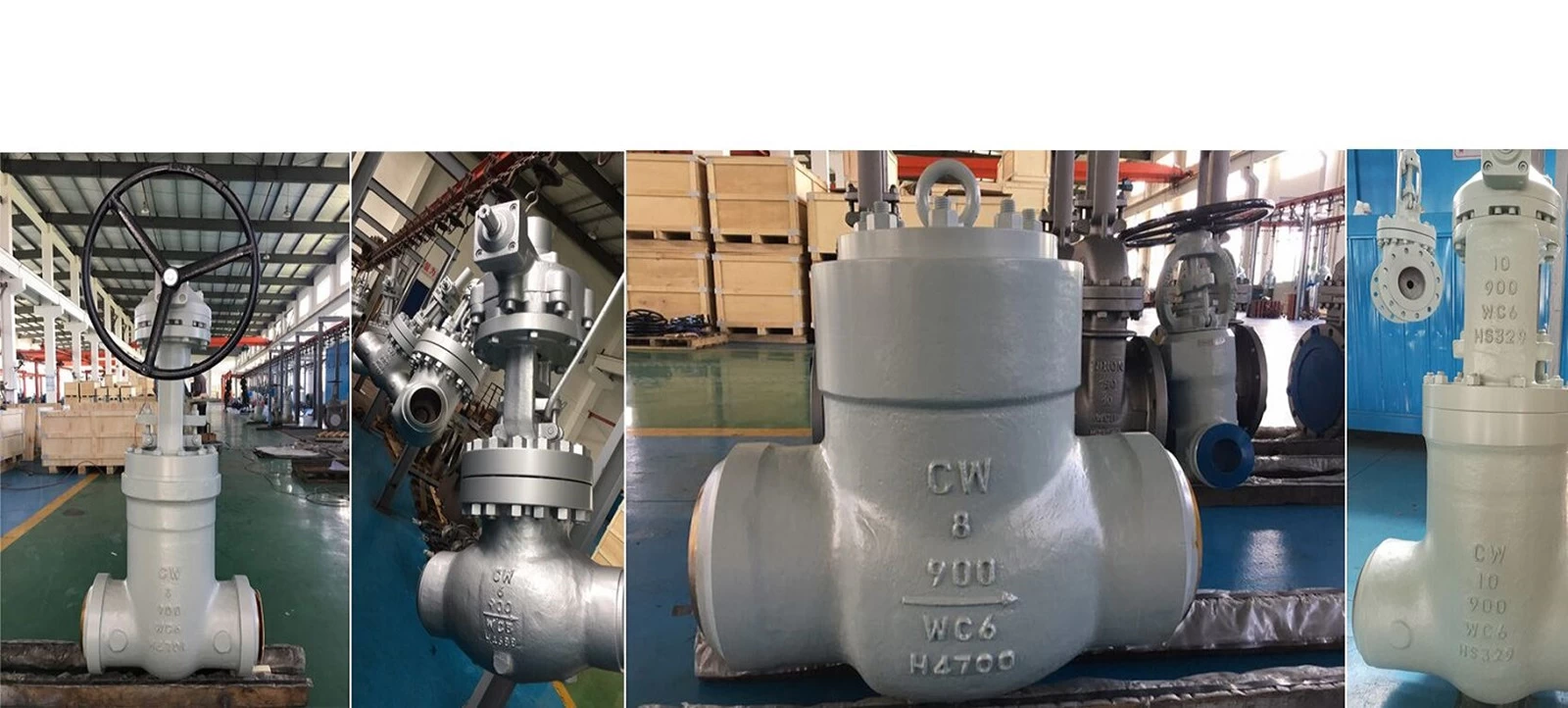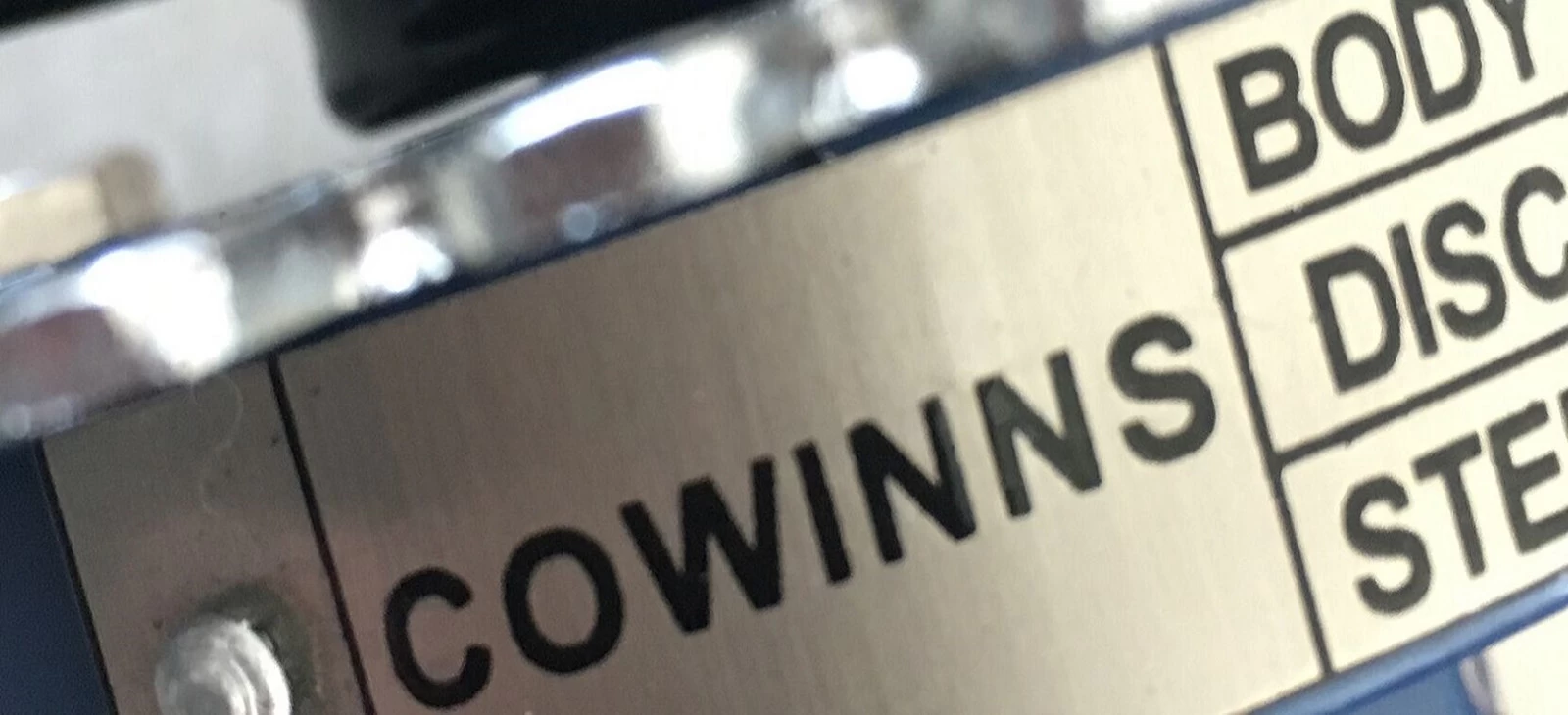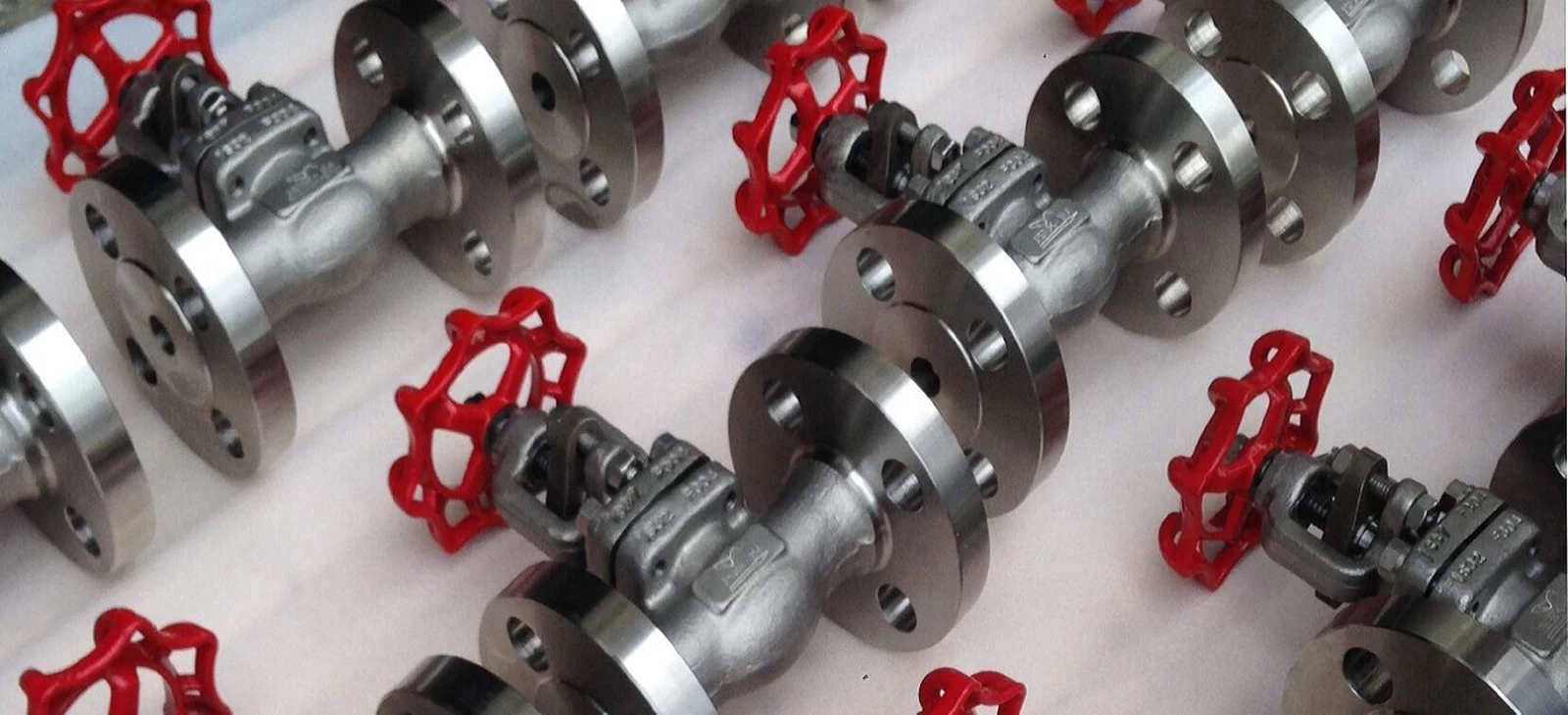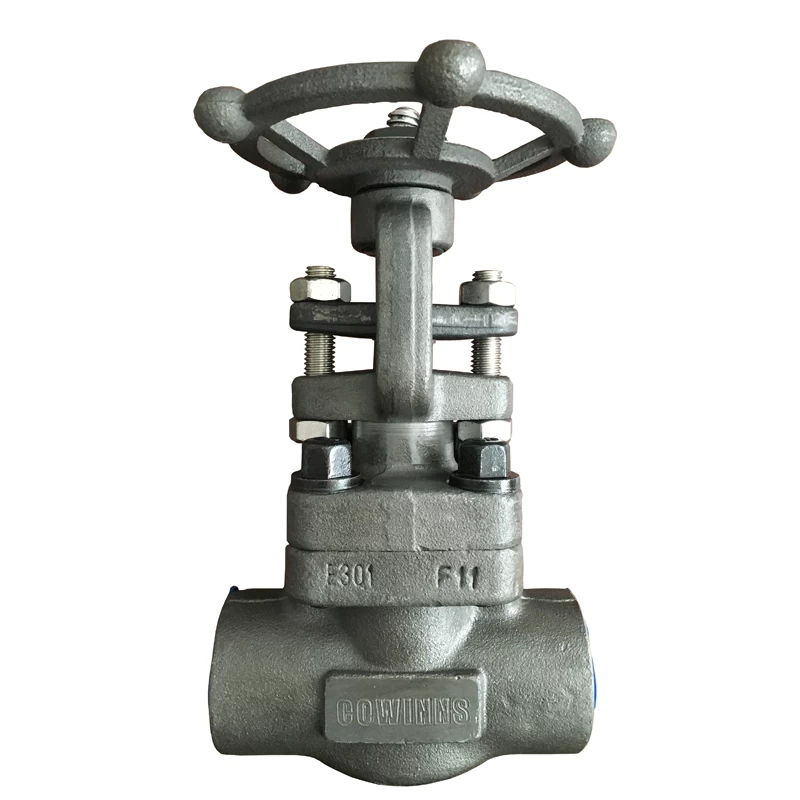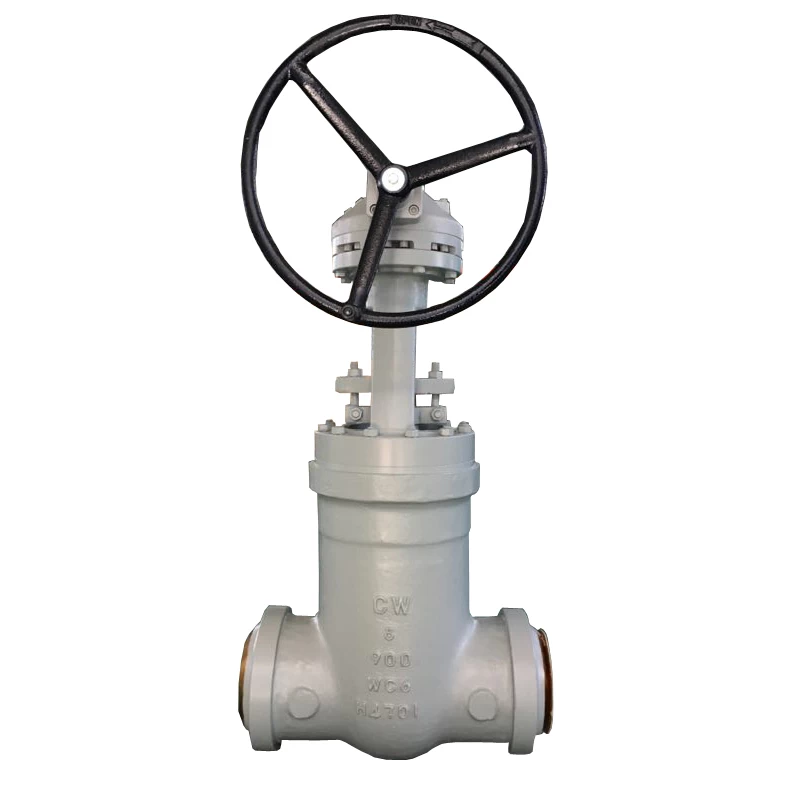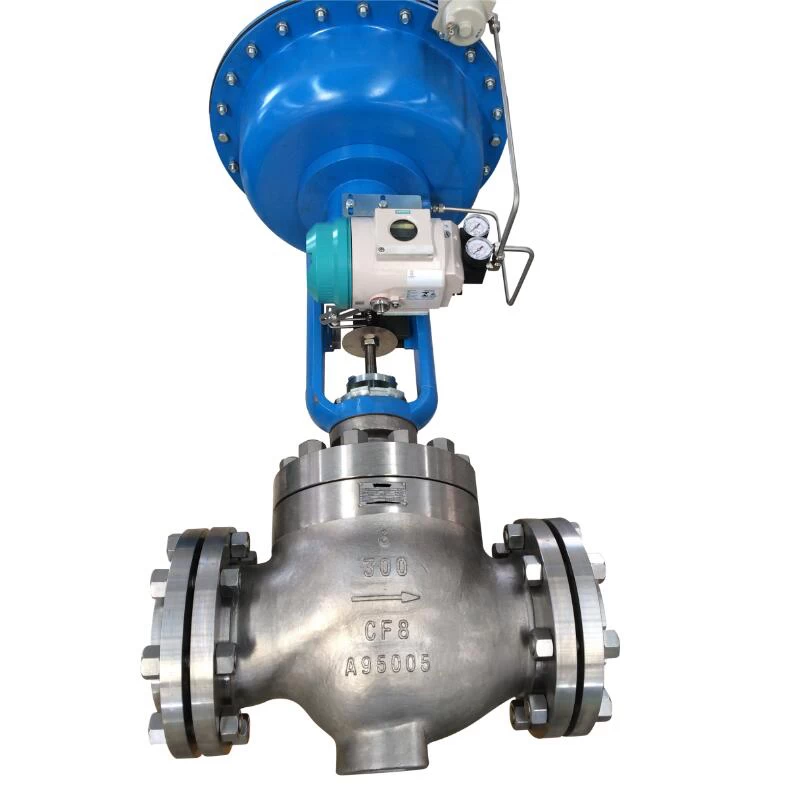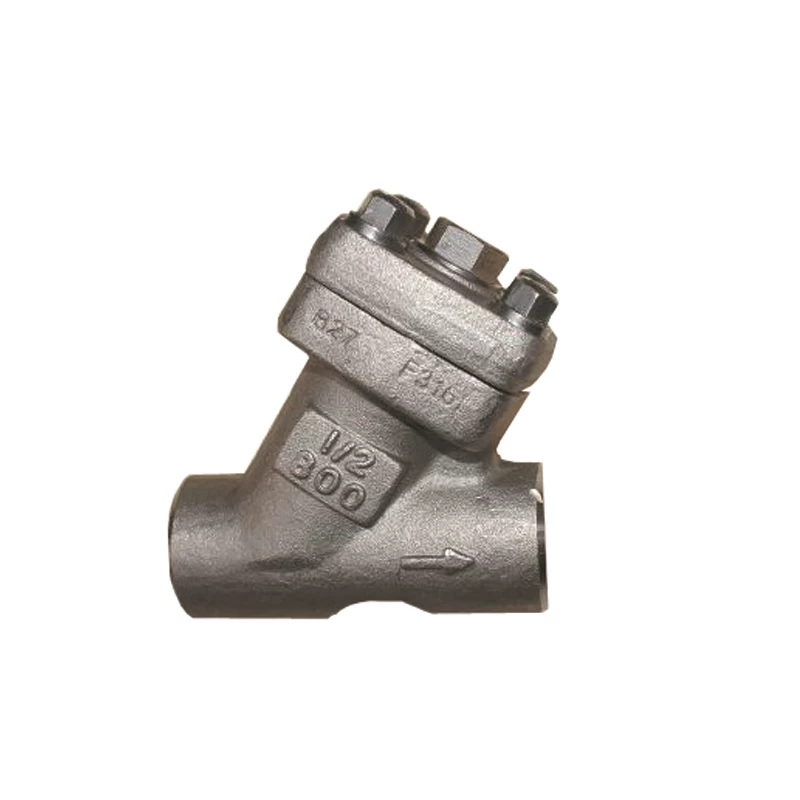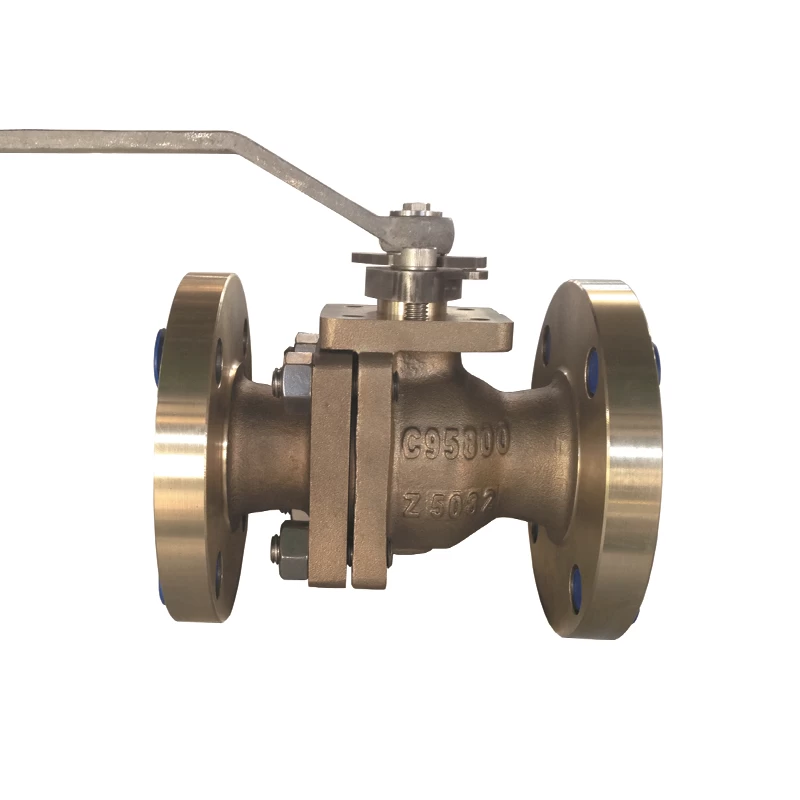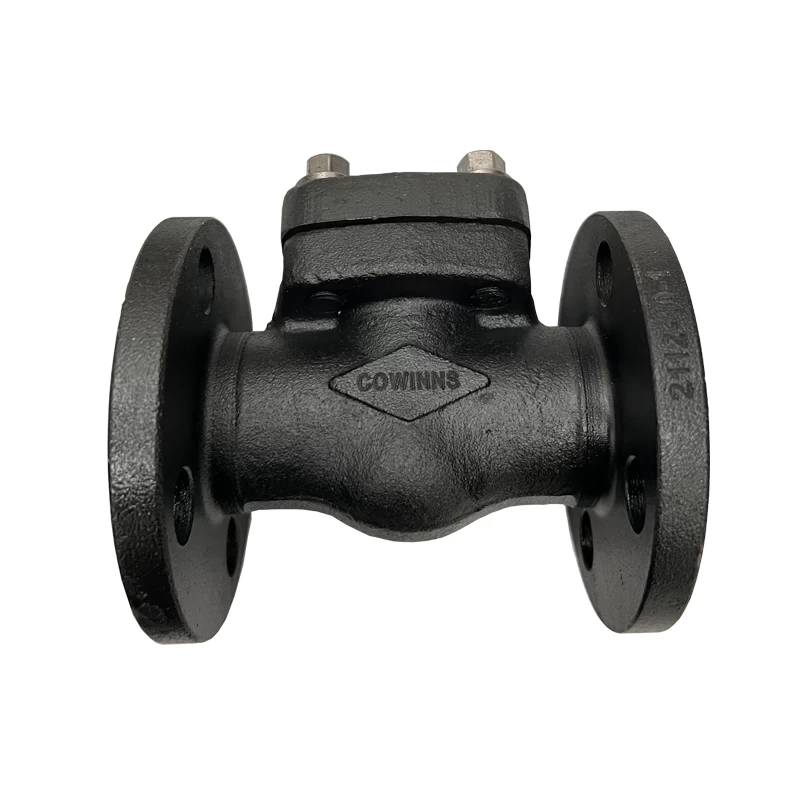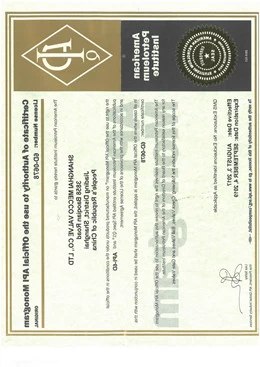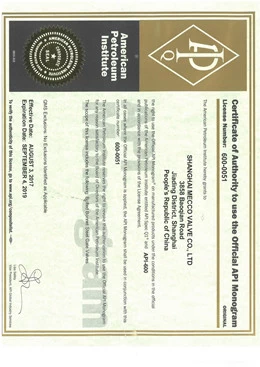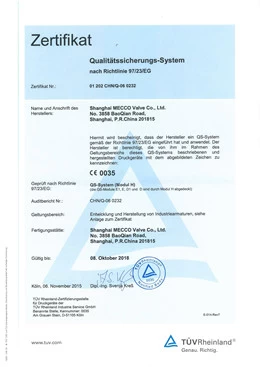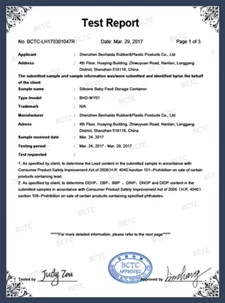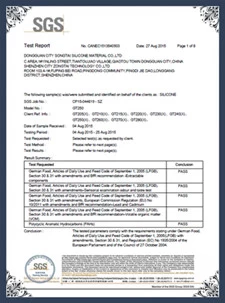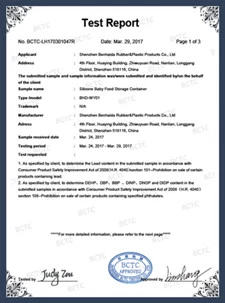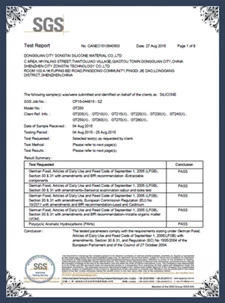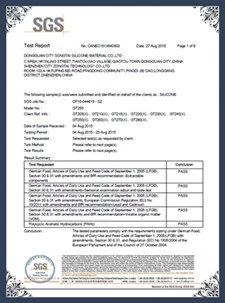Various valve pressure test methods
1. Ball valve pressure test method
Strength test of pneumatic ball valve should be conducted with the ball half open.
① Floating ball valve tightness test: put the valve in a half-open state, introduce test medium at one end, and close the other end; turn the ball several times, open the closed end to check when the valve is closed, and check the sealing performance of the packing and gasket, There must be no leakage. Then introduce the test medium from the other end and repeat the above test.
② Fixed ball valve tightness test: Before the test, the ball is turned several times without load, the fixed ball valve is in the closed state, and the test medium is attracted from one end to the specified value; use a pressure gauge to check the sealing performance of the introduction end, and the accuracy of the pressure gauge is 0 .5 ~ 1 level, the range is 1.5 times of the test pressure. Within the specified time, if there is no depressurization, it is qualified; then introduce the test medium from the other end and repeat the above test. Then, the valve is in a half-open state, both ends are closed, the inner cavity is filled with medium, and the packing and gasket are checked under the test pressure, and there must be no leakage.
③ The three-way ball valve should be tested for tightness at various positions.
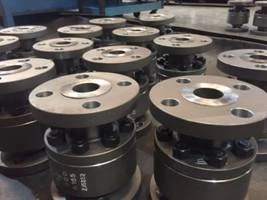
2. Pressure test method of check valve
Check valve test status: the valve axis of the lift check valve is in a position perpendicular to the horizontal; the channel axis of the swing check valve and the valve axis are in a position approximately parallel to the horizontal line.
During the strength test, the test medium is introduced from the inlet end to the specified value, and the other end is closed. It is qualified to see that the valve body and the valve cover are free of leakage.
Tightness test Introduce the test medium from the outlet end, check the sealing surface at the inlet end, and no leakage at the filler and gasket is qualified.
3. Pressure test method of pressure reducing valve
① The strength test of the pressure reducing valve is generally assembled after a single piece test, and can also be tested after assembly. Strength test duration: DN <50mm 1min; DN65 ~ 150mm greater than 2min; DN> 150mm greater than 3min. After the bellows and components are welded, the strength test is performed with air 1.5 times the highest pressure after applying the pressure reducing valve.
②The sealing medium is tested according to the actual working medium. When testing with air or water, conduct the test at 1.1 times the nominal pressure; when using the steam test, perform at the maximum allowable working pressure at the operating temperature. The difference between inlet pressure and outlet pressure is required to be not less than 0.2MPa. The test method is: after the inlet pressure is adjusted, gradually adjust the adjusting screw of the valve, so that the outlet pressure can be sensitively and continuously changed within the maximum and minimum range, and there must be no stagnation or jamming. For the steam pressure reducing valve, when the inlet pressure is adjusted away, the valve is closed and the valve is shut off. The outlet pressure is the highest and the lowest value. Within 2 minutes, the increase in the outlet pressure should meet the requirements in Table 4.176-22. The volume meets the requirements in Table 4.18 to be qualified; for water and air pressure reducing valves, when the inlet pressure is set and the outlet pressure is zero, the pressure reducing valve is closed to conduct a leak test, and no leakage within 2 minutes is qualified.
4. Pressure test method of butterfly valve
Strength test of triple offset butterfly valve is the same as globe valve. The sealing performance test of the butterfly valve should introduce the test medium from the media flow end, the butterfly plate should be opened, the other end is closed, and the injection pressure is to the specified value; after checking the packing and other seals for leakage, close the butterfly plate, open the other end, check the butterfly No leakage at the board seal is qualified. As a butterfly valve for adjusting the flow rate, the sealing performance test is not required.
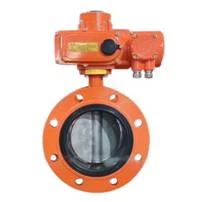
5. Pressure test method of plug valve
① During the strength test of the plug valve, the medium is introduced from one end, the remaining passages are closed, and the plug is rotated to each fully open working position for testing. The valve body is not found to be qualified.
② During the tightness test, the straight-through cock should keep the pressure in the cavity equal to the passage, rotate the plug to the closed position, check from the other end, then rotate the plug 180 ° to repeat the above test; three-way or four-way cock valve The pressure in the cavity and one end of the passage should be kept equal, and the plug should be rotated to the closed position in sequence, the pressure is introduced from the right angle end, and the other end is checked at the same time.
Before the plug valve test, it is allowed to apply a layer of non-acid dilute lubricating oil on the sealing surface, and no leakage or enlarged water drops are found within the specified time. The test time of the plug valve can be shorter, generally according to the nominal diameter of l ~ 3min.
Gas plug valves should be tested for air tightness at 1.25 times the working pressure.
6. Diaphragm valve pressure test method
Diaphragm valve strength test introduces the medium from either end, opens the valve flap, and closes the other end. After the test pressure rises to the specified value, it is qualified to see that the valve body and bonnet have no leakage. Then reduce the pressure to the tightness test pressure, close the valve flap, open the other end to check, no leakage is qualified.
7. Pressure test method of globe valve and throttle valve
In the strength test of the globe valve and the throttle valve, the assembled valve is usually placed in the pressure test frame, the valve flap is opened, the medium is injected to the specified value, and the valve body and the valve cover are checked for sweat and leakage. The strength test can also be carried out in a single piece. The tightness test only works for globe valves. During the test, the valve stem of the stop valve is in a vertical state, the valve flap is opened, the medium is introduced from the bottom end of the valve flap to the specified value, and the packing and gasket are checked; after the valve is qualified, the valve flap is closed and the other end is opened to check for leakage. If the valve strength and sealing test are to be done, the strength test can be done first, and then the pressure is reduced to the specified value of the sealing test, check the packing and gasket; then close the valve flap, open the outlet end to check whether the sealing surface is leaking.
8. Pressure test method of gate valve
The strength test of the gate valve is the same as that of the globe valve. There are two methods for the tightness test of gate valves.
① The gate is opened, so that the pressure in the valve rises to the specified value; then close the gate, immediately remove the gate valve, check whether there is leakage at the seals on both sides of the gate or directly inject the test medium into the plug on the valve cover to the specified value , Check the seals on both sides of the gate. The above method is called intermediate pressure test. This method should not be used for sealing tests on gate valves with a nominal diameter of DN32mm or less.
② Another method is to open the gate to increase the test pressure of the valve to the specified value; then close the gate and open the blind plate at one end to check whether the sealing surface is leaking. Then turn around and repeat the above test until it is qualified.
Pneumatic gate valve packing and gasket sealing test should be conducted before the gate sealing test.
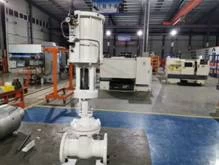
9. Pressure test method of safety valve
① The strength test of the safety valve is the same as that of other valves, and it is tested with water. When testing the lower part of the valve body, the pressure is introduced from the inlet I = I end and the sealing surface is closed; when testing the upper part of the valve body and the valve cover, the pressure is introduced from the outlet El end and the other end is closed. The valve body and bonnet have no leakage within the specified time.
② For the sealing test and constant pressure test, the general media used are: the safety valve for steam uses saturated steam as the test medium; the valve for ammonia or other gases uses air as the test medium; and the valve for water and other non-corrosive liquids uses water as the test medium. For safety valves in some important positions, nitrogen is commonly used as the test medium.
Sealing test is conducted with the nominal pressure value as the test pressure, the number of times is not less than twice, and no leakage within the specified time is qualified. There are two methods of leak detection: one is to seal the connection points of the safety valve, and use grease to seal the thin paper on the El flange. The thin paper bulges as a leak, and the bulge is not qualified; the second is to use butter to thin The plastic plate or other plate seal is attached to the lower part of the outlet flange, and the valve flap is sealed by irrigation, and it is qualified to check that there is no bubbling in the water. The number of safety valve constant pressure and reseating pressure tests is not less than 3 times, and it is qualified if it meets the regulations. For performance tests of safety valves, see GB / T 12242–1989 Safety Valve Performance Test Method.
Regulations for valve pressure test management
1. All valves should be visually inspected after unpacking, including the complete nameplate on the valve body, product quality certification documents, the valve is in a closed state, no other damage such as blue surface, no smudging, and protective covers at both ends.
2. The operator should be familiar with the operation of the test bench.
3. The valve test pressure JHA is perfect, and the operator should be familiar with the safety hazards of the valve test pressure and reverse transportation process and have corresponding preventive measures.
4. The valve pressure test process is: valve shell strength test, upper seal test, and seal test.
(1) The valve housing strength test medium uses water, the pressure is 1.5 times the nominal pressure of the valve, the pressure holding time is 5 minutes, and no dripping or moisture is qualified.
(2) The sealing test medium on the valve uses water, the pressure is 1.5 times of the nominal pressure, the holding time DN≤50 is 15s, 65≤DN≤300 is 60s, DN ≧ 350 is 120s, no leakage is qualified. Especially for metal to metal seat butterfly valve leakage witness ,it should be obey to standard strictly.
(3) The valve sealing test is conducted with a low-pressure sealing test. The test medium uses air (gate valve), the pressure is 0.6 MPa, the pressure holding time is DN≤50 for 15s, 65≤DN≤150 for 60s, and DN ≧ 200 for 120s. Requirements are qualified.
(4) After passing the pressure test, the water in the valve cavity should be blown dry with compressed air in time.
(5) Valves with qualified pressure test are marked with √ on the valve body, and unqualified valves are marked with ×.
(6) After the pressure test, the valves should be stacked separately according to the model and specifications of the device, and the unqualified products should be stacked separately; each stacking area should be erected with an obvious sign. After the pressure test, the valve should be closed back and covered with colored strips in the stacking area for protection.
(7) After the valve pressure test, fill in the "valve / pipe fitting test record" according to the device in time, and fill in the purchase contract number on the valve body of the model column.
(8) The valve that passes the test must be filled in the valve "valve distribution record", signed by both the issuing and receiving parties.
(9) Unqualified valves shall be established separately "Unqualified Valve Information Account"
 +86 512 68781993
+86 512 68781993 
